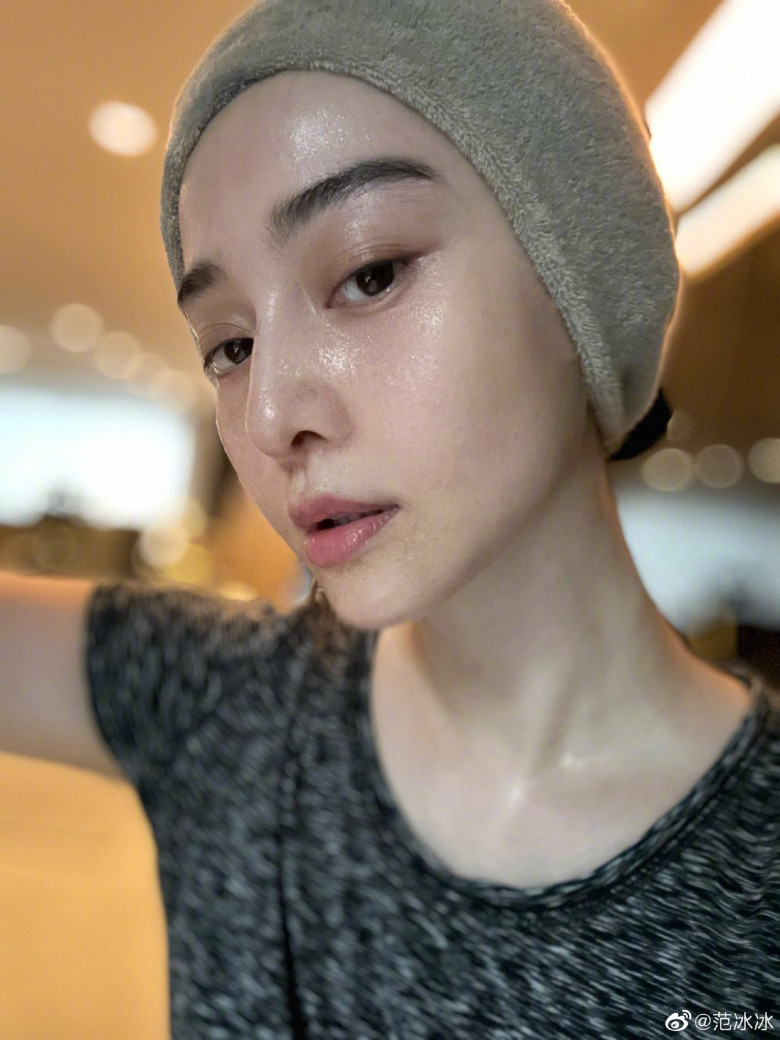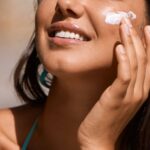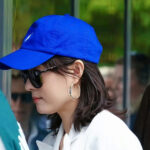Chinese entertainment industry beauty icon Fan Bingbing is known for her meticulous skincare routine. Recently, photos of the actress eating and applying a face mask simultaneously sparked discussions online. While some admired her efficient use of time, others questioned the actual effectiveness of this seemingly unconventional beauty method.
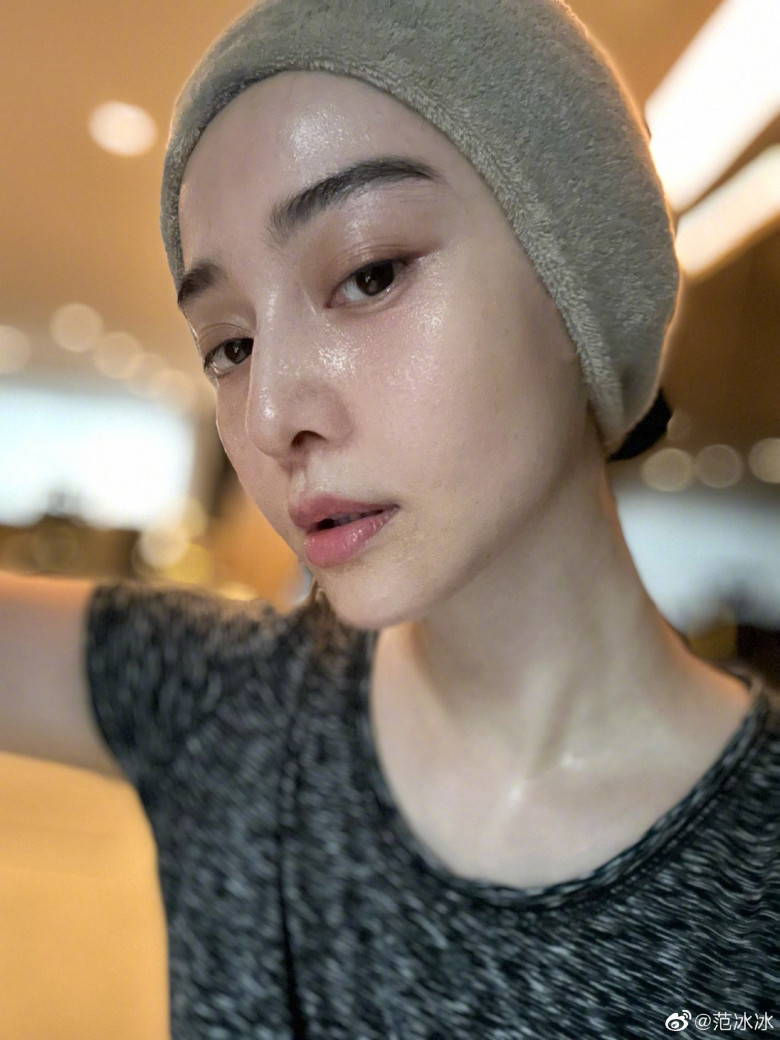
Fan Bingbing is renowned for her flawless, radiant complexion.

To achieve this level of skin perfection, the actress prioritizes both internal and external skincare routines.
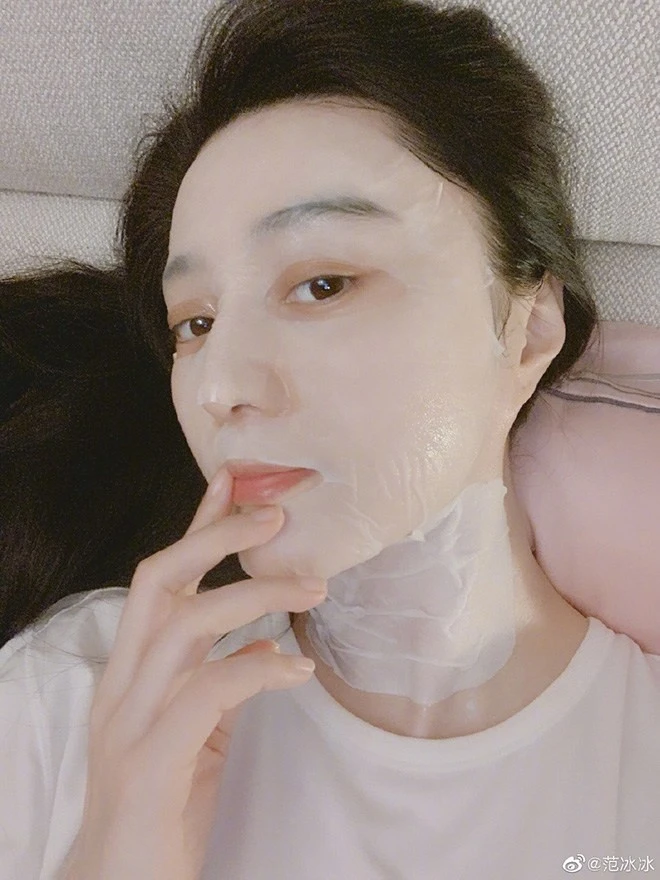
The 39-year-old star reportedly applies face masks 2-3 times a week, sometimes even daily, which has sparked curiosity among netizens.
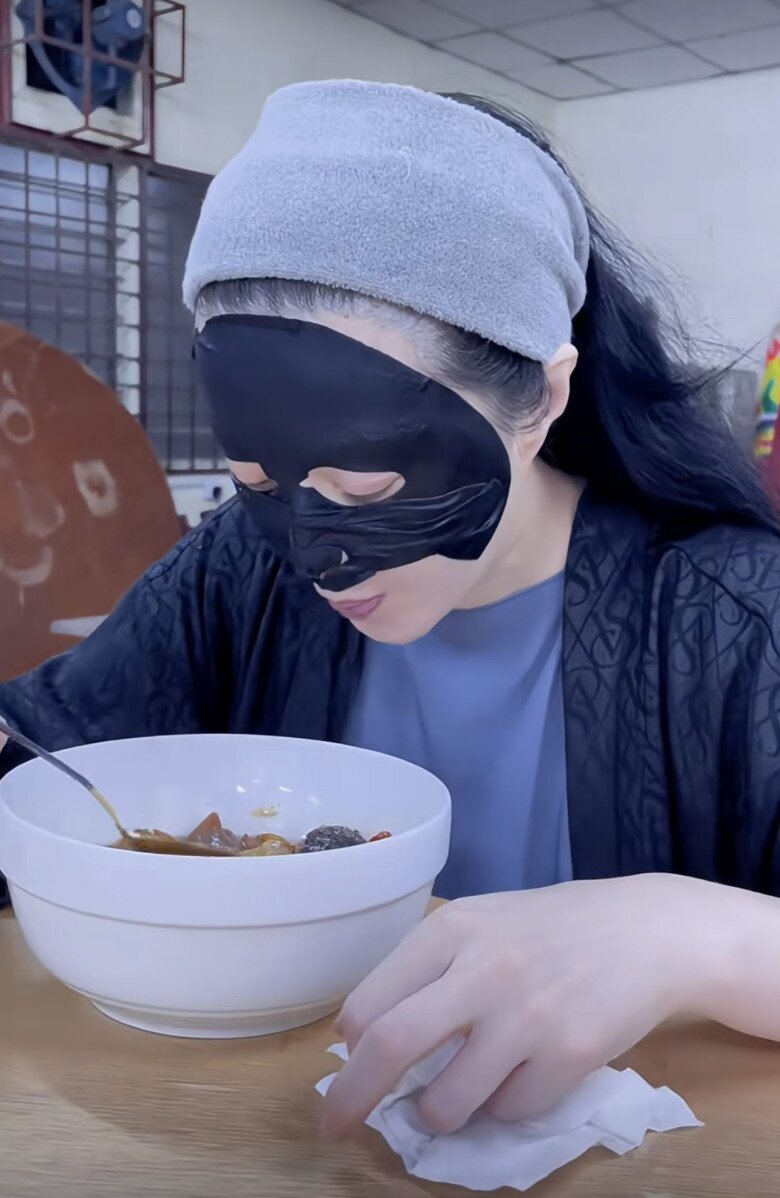
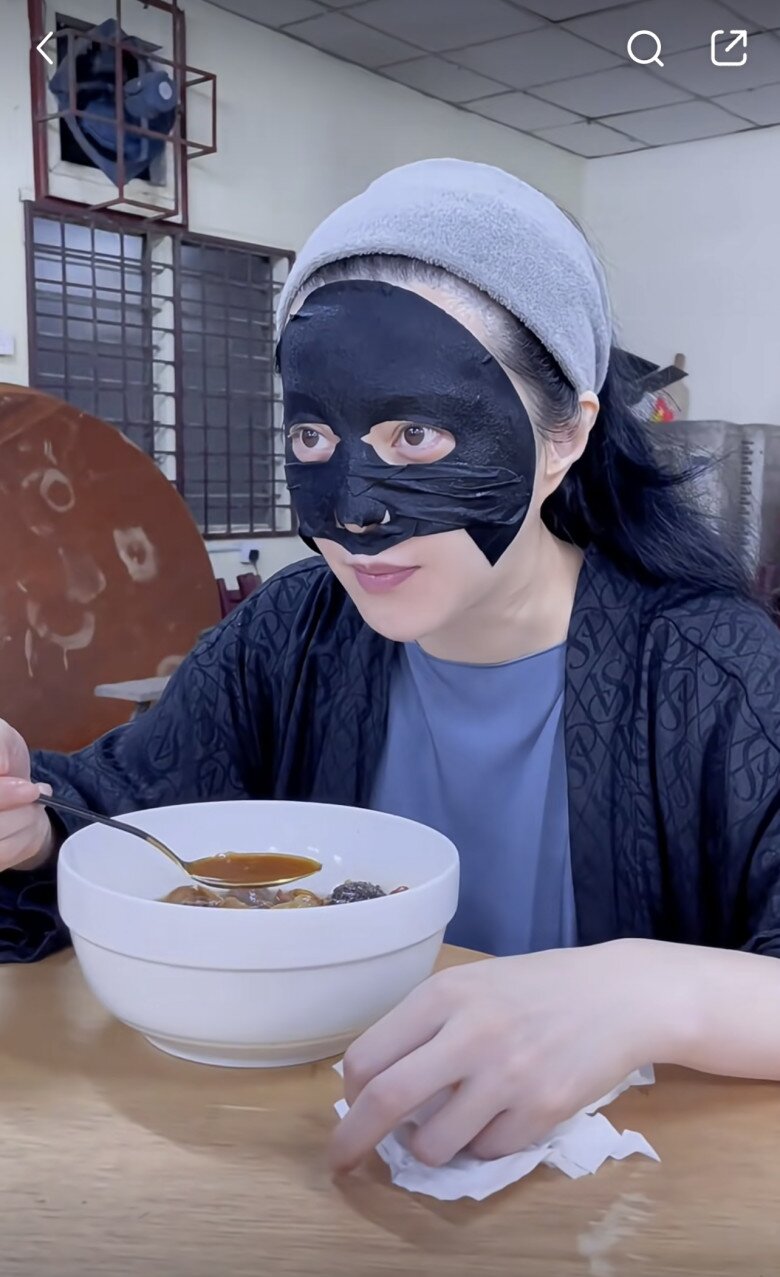
Most recently, a video clip of the actress eating dinner while wearing a face mask on set has left many in awe.
In the video, Fan Bingbing is seen using a thin, sheet mask that adheres closely to her face. While this action may provide her skin with nutrients, it also poses potential risks.
Is it effective to wear a face mask while eating?
Some skincare experts advise minimizing facial movements, especially when using nourishing face masks. Constant facial movements, such as talking or laughing, can stretch the mask, causing uneven tension on the skin, which may lead to the formation of wrinkles. Therefore, it is generally recommended to remain still and relaxed when wearing a face mask to enhance nutrient absorption and avoid putting unnecessary stress on the skin.
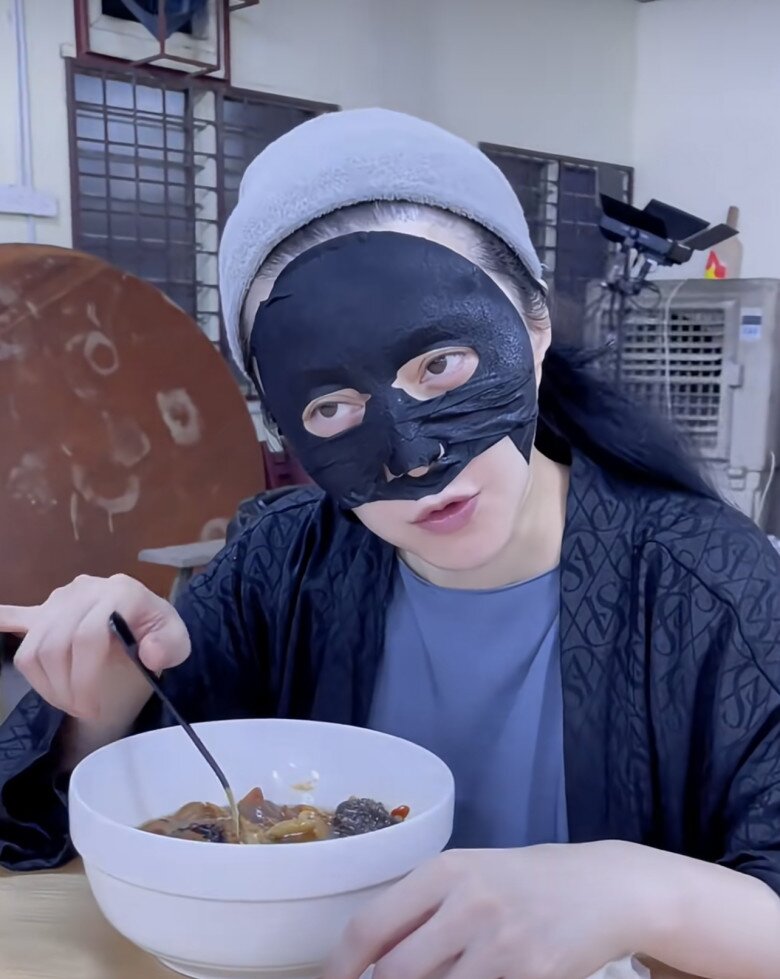
Mouth movements during eating can displace the mask, reducing its contact with the skin and hindering nutrient absorption. Additionally, some masks require remaining undisturbed on the skin for a specific duration to achieve optimal results. Eating interrupts this process.
Furthermore, there is a risk of food particles adhering to the mask, creating an environment conducive to bacterial growth and potential skin infections. Touching the mask while eating also increases the likelihood of bacterial transfer.
The correct way to apply a face mask
In reality, face masks are an essential step in any skincare routine, as they provide nutrients and address various skin concerns. However, to maximize their effectiveness, it is crucial to understand your skin type and follow basic guidelines.
– Choosing the right mask is key: Different skin types have unique needs. Dry skin requires moisture-rich products, such as cream or gel masks, to hydrate and soothe the skin. Conversely, oily skin demands oil-absorbing masks to control sebum production and prevent clogged pores.
– Pay attention to frequency and duration: Overdoing face masks can strip the skin of its natural oils, leaving it vulnerable to dryness and damage. Instead, limit your mask usage to 2-3 times a week. Additionally, be mindful of the duration, as leaving a mask on for too long can cause it to dry out and draw moisture away from the skin, leading to adverse effects.
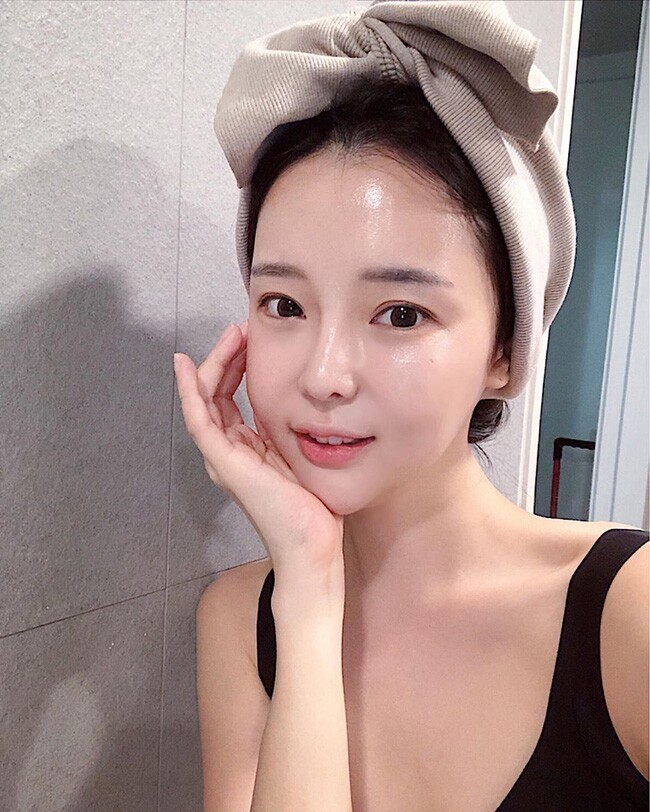
The ideal duration for a face mask is 15-20 minutes. Avoid exceeding this timeframe.
– Relax and stay still: This not only allows your body to rest but also prevents the formation of wrinkles. Excessive movements can stretch the mask, reducing the effectiveness of the nutrients and potentially causing wrinkles.
– Cleanse your skin after masking: Contrary to popular belief, it is essential to rinse off the mask instead of leaving it on. Cleansing your skin after a face mask removes excess residue and unclogs pores, preparing your skin for subsequent skincare steps.
 Certain masks, such as sleeping masks, are designed to be left on overnight without affecting the skin’s moisture levels.
Certain masks, such as sleeping masks, are designed to be left on overnight without affecting the skin’s moisture levels.
In conclusion, face masks are an effective skincare method when used correctly. Understanding your skin type, frequency of use, and proper application techniques will enable you to maximize the benefits of face masks while avoiding potential pitfalls.

























